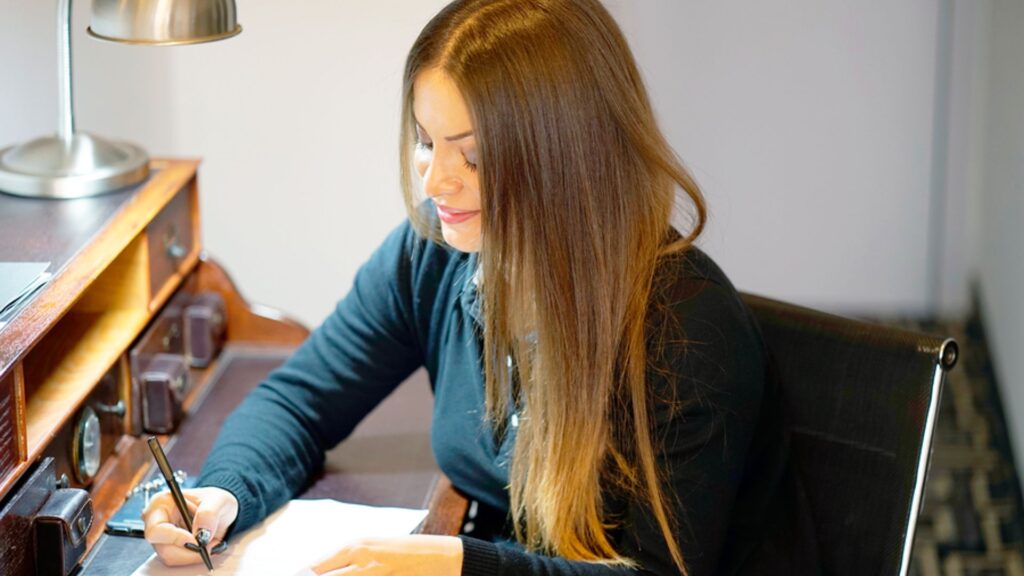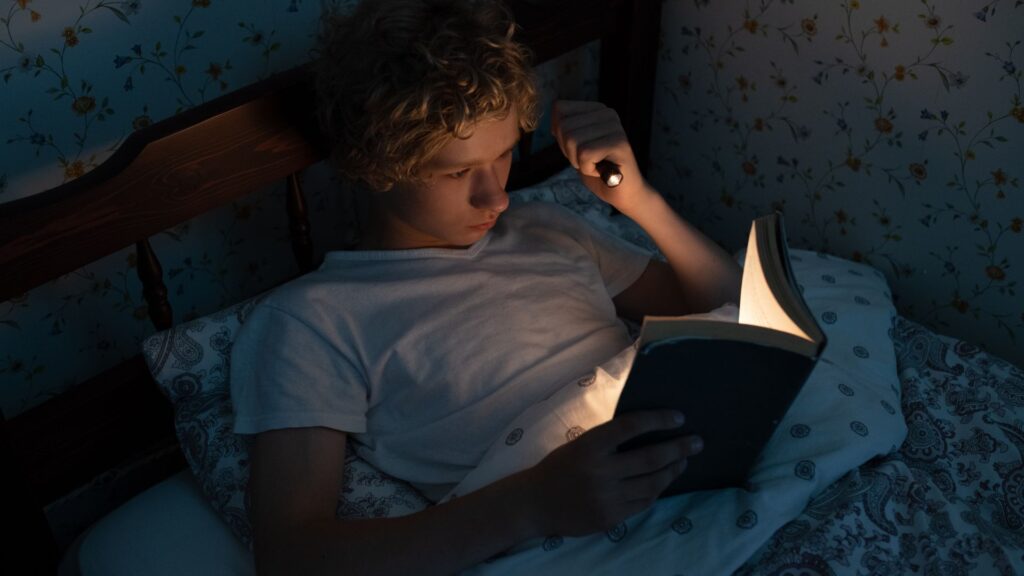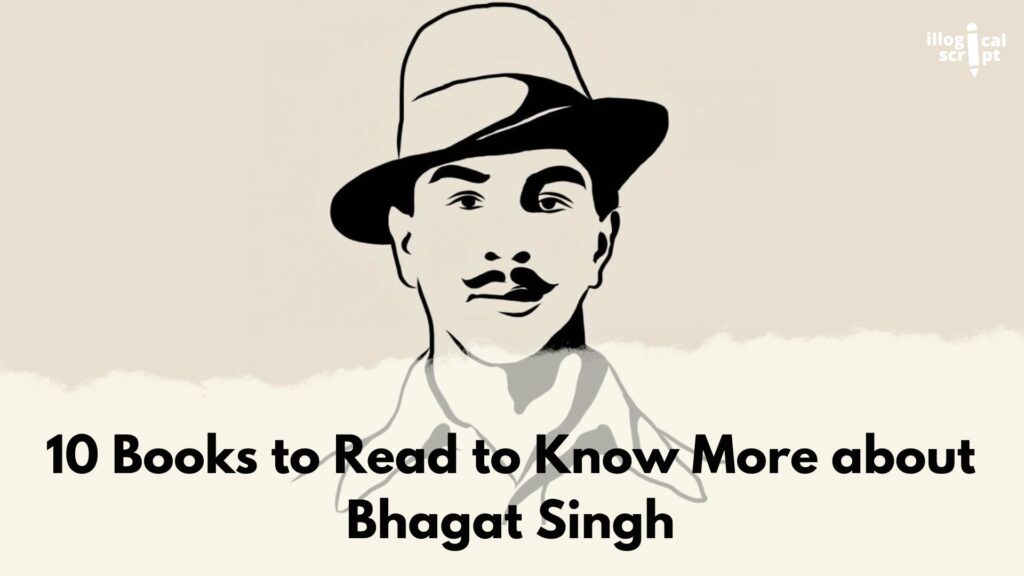The age of Western civilization signalled the start of a fresh way of thinking when creativity was at its height and artists were revered as almost celestial beings. Leonardo da Vinci, born on April 15, 1452, was one of the most well-known artists of the period. In this article, I have talked about 10 lessons for writers to learn from Leonardo Da Vinci.
I haven’t mentioned this before, but in my 12th standard, I had “painting” as a formal subject, and that’s where I learned about Leonardo da Vinci. I knew his name before and recognized him as the painter who painted “Monalisa”, but I barely knew who he was. Once I studied him, I developed tremendous respect for him than I already had.
One of the most well-known artists of all time, Leonardo da Vinci, is well-deserving of fame. The art industry owes a lot to him, and I don’t mean only paintings. There is so much Leonardo left behind for us writers to learn, like recognizing facts, visualizing our thinking, and things like why one shouldn’t run behind perfectionism.
We, as writers, can learn several things from da Vinci. Yes, I know that he was an artist, not a writer but isn’t writing a form of art also? That’s right, it is! So, here’s what we can learn from Leonardo da Vinci and teach in our lives as writers.
10 Lessons a Writer can Learn From Leonardo da Vinci
1. Pursue Learning for its Own Sake

Not all knowledge must be productive. Leonardo did not require any medical expertise to create the Mona Lisa. More than anyone of his day, he could discern connections and expand his horizons by letting curiosity be his driving force.
As a writer, you might not need to know every other field, but that shouldn’t stop you from wanting to learn, as knowledge is a gift.
2. There is a Cost to Experimentation

The Last Supper, one of the greatest works of art ever created, had been in construction for three years. The artwork utilized scientific ideas that had never been used in composition, making it a revolutionary painting for its period. But, Leonardo’s painting experiments on the masterpiece were a complete failure.
The fresco started to fall off the wall, and the paint significantly faded. The painting that we currently possess is only a faint ghost of its former splendour. Even though Leonardo was a creative genius, he frequently explored original approaches to achieving his ambitious painting aims.
If a great artist like him can have a failed experiment, then we are bound to fail at least a few times, but that shouldn’t stop us from experimenting and exploring.
3. Even the Most Talented Artists are Hindered by Perfectionism

Leonardo was an impatient painter who found it challenging to complete paintings because of his desire for perfection. He needed continual stimulation outside of his artistic work.
Da Vinci concentrated on various important endeavours during his career, including human anatomy, geology, town planning, and even man-powered flying. During that time, kings and paymasters were highly frustrated by this repeating characteristic.
Few people have dared to question his ability in the centuries after his passing, but many have criticized how fragmentary much of his work is. Whether you are writing a book, an article, or any literary piece, don’t focus too much on perfection, as it would kill your art and your passion for that art.
4. Recognize Facts

Leonardo preceded the age of observational investigations and critical thinking. He created an experiment to test each concept that he had. He also abandoned a hypothesis and looked for a new one when experience revealed that it was incorrect, such as when he realized that his theory that the earth’s springs regenerate themselves in the same way that human blood vessels do was false.
To think more like Leonardo, we must boldly change our opinions in response to new knowledge.
5. Visual Thinking

Leonardo lacked the aptitude for creating mathematical formulas or abstractions. His study of proportions, perspective laws, a method for calculating reflections from concave mirrors, and techniques for transforming one shape into another of the same size let him see them as a result.
Too frequently, once we acquire a formula or rule—even one as basic as the way to multiply numbers or combine paint colours—we no longer understand how it functions. We stop appreciating the fundamental beauty of nature’s laws as a result.
6. Make for Oneself Instead of Just for Customers

The wealthy and ruthless Marchesa Isabella d’Este wanted Leonardo to paint her portrait, but he refused. Yet he did start one about Lisa, the wife of a silk merchant. He completed it out of pure desire and continued to work on it throughout his life, never submitting it to the silk trader.
This shows that Leonardo was a real artist who valued and adored art for himself and not just for pleasing others. This is what writers should always keep in mind. We must write what pleases us and what we feel rather than what we think people will like.
7. Work With People

It’s a common belief that genius belongs to reclusive people who retire to their garrets and experience creative lightning. The myth of the lone genius contains some reality, like many other myths. But the story usually has more to it than that. It is difficult to distinguish which hand made which strokes in Leonardo’s copies of Mary of the Rocks, Madonna of the Yarnwinder, and other paintings from his studio.
However, he enjoyed working with others on theatre plays and evening entertainment at court the most. The beginning of genius is personal brilliance. But carrying it out frequently requires teamwork.
As writers, doing out-of-the-box things is a must, and this thing doesn’t have to be your own entirely. You can collaborate and work with people to get your masterpiece. There’s no shame in it.
8. Procrastinate

Procrastination is not all that wrong. Leonardo occasionally sat motionless for an hour while painting The Last Supper before adding a little stroke and moving on.
Most of us procrastinate naturally; we don’t need advice. But, procrastinating like Leonardo involves effort: it requires compiling all relevant information and ideas and then merely allowing the collection to simmer.
A good writer needs to work daily, which is not wrong but laying back sometimes is not all that bad, and it can bring some exceptional ideas to you.
9. Embrace Curiosity

Leonardo was constantly in awe of how everything around him functioned. We may all strive to pay attention to the minor aspects of the world around us and then produce remarkable works that aid in understanding it.
The riddle of the flight was one of Leonardo’s many interests, and he filled the pages of his notebooks with sketches of human-powered machinery for flying machines. We have notebooks upon notebooks full of his observations. This curiosity is a must in all artists including writers.
The more curious we are, the more our urge to explore new things will be, which is beneficial for writing.
10. Do Not Confine Yourself

In Leonardo’s time, the fusion of several disciplines was common, if not desired. We are urged to specialize in our current age. We are proud of our expertise. Being a doctor alone is insufficient; you also need to specialize. Leonardo was opposed to the notion of specialization. He didn’t care if he was an engineer or an artist. He wanted to be known for being an artist, an engineer, a mathematician, a play lover, and more.
This could be applied to any form of art especially writing. There are many examples of writers who thought outside the box, and now, their names have been retained in history. Break the stereotypes, break the rules, and create something extraordinary.
Conclusion| 10 Lessons for Writers to Learn From Leonardo da Vinci
A genius that’s what Leonardo da Vinci was. One of the few historical figures we agree with deserves such a title. Other, more profound, rational, and pragmatic philosophers have existed—those who were experts in their fields. But, there were none with such versatility in their creativity. Leonardo’s genius cut across a variety of areas.
His creativity, or the capacity to combine imagination and intellect, set him different from simply intelligent individuals. He frequently mixed fantasy with observation. This caused him to connect what he could see to what he couldn’t. This makes him an inspiration not just for painters but even us writers.
If you like this article you’ll like this article mentioned below.




